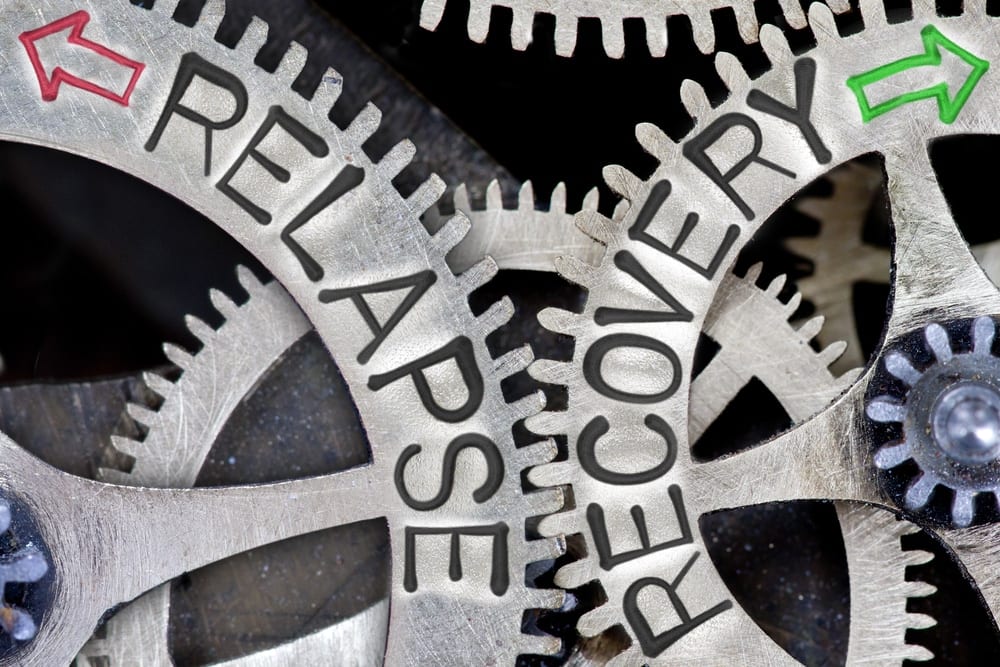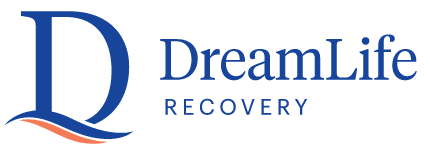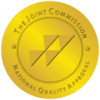Lapse vs. Relapse


Written By
DreamLife RecoveryPeople know what it means when a person recovering from addiction has a relapse—they use again or return to the pattern of behavior and fall back into addiction. However, there is also something called a lapse that is less discussed. A lapse is a brief resumption of the addiction before quitting again.
A lapse and relapse are different, but both deserve consideration and should be discussed openly to reduce the chances that they occur and interrupt recovery. There is an approach called harm reduction that can help people in the early stages of recovery—or even years and decades into recovery— who have a lapse or relapse avoid losing all of their gains in recovery because of one slip up.
Understanding the Cause of Addiction
Most people do not understand the immense changes that occur in the human brain during addiction. A 2017 study published in the Indian Journal of Psychological Medicine found that people still consider addiction weakness of will or moral failure. This is a misconception since addiction develops from continued substance use, which affects the functioning of the brain as it tries to readjust to accommodate the changes substances enact on its chemical activity in order to function normally. [1]

The nuances of lapse vs relapse may be difficult to identify, but potentially important to build a path to substance abuse recovery.
Continued use of a substance causes profound neurobiological changes, making a person develop an insatiable urge to use, and they experience a range of painful withdrawal symptoms and distress when they try to stop using. The cycle of attempting to quit and returning to the substance is the result of this chemical rewiring of the brain, not an unwillingness to change, and makes it incredibly difficult for a person to overcome addiction.
What is Lapse?
A lapse is also known as a slip: when an individual in recovery reverts to using alcohol or drugs and stops again within a short time. [2] The almost immediate retraction of alcohol or drug use helps a person to avoid falling back into addiction once again, but a lapse can feel like a setback in recovery even if the person regains sobriety. A lapse can be a productive reminder that you have to remain dedicated to recovery, but it can also be the start of a down slide into relapse, depending on how it is handled.
What is Relapse?
Relapse entails a full-blown resumption or return to the addiction or behavior that someone wanted to stop or moderate. [3] For example, a person trying to quit consuming alcohol who has reduced the frequency to only once in a month can relapse if they gradually increase the number of times, they are drunk. While a lapse is short-lived, a relapse entails the loss of recovery gains already made, which means the person falls back into using the unwanted substance or engaging in the undesired behavior.
Difference Between Lapse and Relapse
A lapse is considered a slip up and a relapse is thought to be a full-blown return to addiction, but both a lapse and relapse can be dangerous because the person may consume an amount of the substance of abuse they previously used in addiction without realizing their bodies can no longer handle that high of a dose. This can put people at risk of an overdose [4], which is why it is critical to be open about any slips rather than hiding these in shame.
Lapse and Relapse Prevention Strategies
Prevention of a lapse and a relapse requires a lot of effort and focus. At the onset, an individual should understand that relapse is a normal thing that can occur anytime during the recovery process. Personal acceptance of the need to improve is vital and begin taking relapse prevention strategies.
They should accept the addiction situation and start implementing self-care practices. It is also essential to maintain good personal hygiene. During recovery, an individual should eat well, get adequate sleep time, engage in physical exercise, and observe a high level of personal hygiene. Staying healthy and clean improves one’s emotional state, which can prevent relapse.
The prevention of relapse requires the recovering addict to recognize the significance of changing bad habits. They may have to make painful decisions such as making new friends and leaving old allies. Former peers may encourage relapsing through buying drugs and engaging in undesirable group activities such as binge drinking.
Another critical aspect of avoiding relapse is to seek support. The recovering individual can obtain support from various individuals, groups, and organizations, including religious groups, family members, friends, and therapists.
Importance of Harm Reduction
Harm reduction is an approach to addressing substance use that is intended to reduce the negative social and health impacts, including for those in recovery who have a slip or relapse. Harm reduction encompasses a range of programs and policies created to help people struggling with substance use that don’t require abstinence. This approach offers drug users support they wouldn’t otherwise have access to and can give them a chance to improve their condition without fear of punishment.[5]
Examples of Harm Reduction Practices Include:
- Needle/syringe exchange programs designed to reduce the spread of disease
- Creating safe spaces where people can use drugs under supervision to prevent crime, violence, and overdose deaths while giving them a chance to seek help
- Offering housing for people using drugs and employment opportunities, so they are not living on the streets and can get their lives in order
- Overdose prevention and reversal training for public servants
- Providing information about how to use drugs safely
Harm reduction is useful in improving general health and preventing adverse effects from substance use or addiction. Some global organizations that support harm reduction interventions include the World Health Organization (WHO) and Centers for Disease Control and Prevention (CDC).
Although harm reduction is a meaningful strategy, some people believe it is problematic, saying that it encourages the use of illicit substances[6], but this is a misconception because harm reduction is about promoting respect and dignity for recovering individuals. Notably, treatment of addicts should not be perceived as a punishment that they have to undergo regardless of whether it is difficult. It is vital to provide treatment alternatives suitable for achieving recovery and reducing potential harms.
Sobriety Relapse, MAT & Detox
Going through detox can be incredibly painful for people struggling with addiction, and depending on their health, history of substance use, and the substances involved, detoxing alone or by “quitting cold turkey,” can actually be dangerous or life-threatening. At DreamLife Recovery, we provide monitored detoxification for clients, ensuring that they can safely and comfortably come off the substances of abuse under the guidance of professionals and nurses who can offer medications that reduce painful symptoms and tapering support.
For certain substances including alcohol, opioids, heroin, benzodiazepines, and other prescription pills, medication-assisted treatment (MAT) can prove to be effective during treatment and recovery. Some consider MAT replacing one substance for another or may even see it as an extension of harm reduction practices, but MAT is an evidence-based treatment that can help individuals successfully achieve sobriety and stay on track in recovery.
Reducing the risk of a lapse or relapse is an integral aspect of an aftercare plan that clinicians helping prepare a client for discharge must consider. MAT is one solution to reduce the severity of cravings and weekly therapy sessions (individual or group or a combination) is another solution to help people minimize the risk of relapse in recovery. Most importantly, it’s critical to know that having a slip up or even relapsing does not mean a person has failed in recovery—it merely proves that they have to continue on their journey and work harder or tweak their approach to maintaining sobriety.
Addiction Treatment in Pennsylvania
Get Your DreamLife
Get Help Today[1] DiClemente, C. C., & Crisafulli, M. A. (2017). Alcohol relapse and change needs a broader view than counting drinks. Alcoholism, clinical and experimental research, 41(2), 266.
[2] Menon, J., & Kandasamy, A. (2018). Relapse prevention. Indian Journal of Psychiatry, 60(Suppl 4), S473. https://www.ncbi.nlm.nih.gov/pmc/articles/PMC5844157/
[3] Jalali, A., Seyedfatemi, N., & Peyrovi, H. (2015). Relapse model among Iranian drug users: a qualitative study. International journal of community-based nursing and midwifery, 3(1), 2. https://www.ncbi.nlm.nih.gov/pmc/articles/PMC4280553/
[4] NIDA. 2020, July 10. Treatment and Recovery. Retrieved from https://www.drugabuse.gov/publications/drugs-brains-behavior-science-addiction/treatment-recovery on 2020, July 22
[5] DiClemente, C. C., & Crisafulli, M. A. (2017). Alcohol relapse and change needs a broader view than counting drinks. Alcoholism, clinical and experimental research, 41(2), 266. https://www.ncbi.nlm.nih.gov/pmc/articles/PMC5510239/






